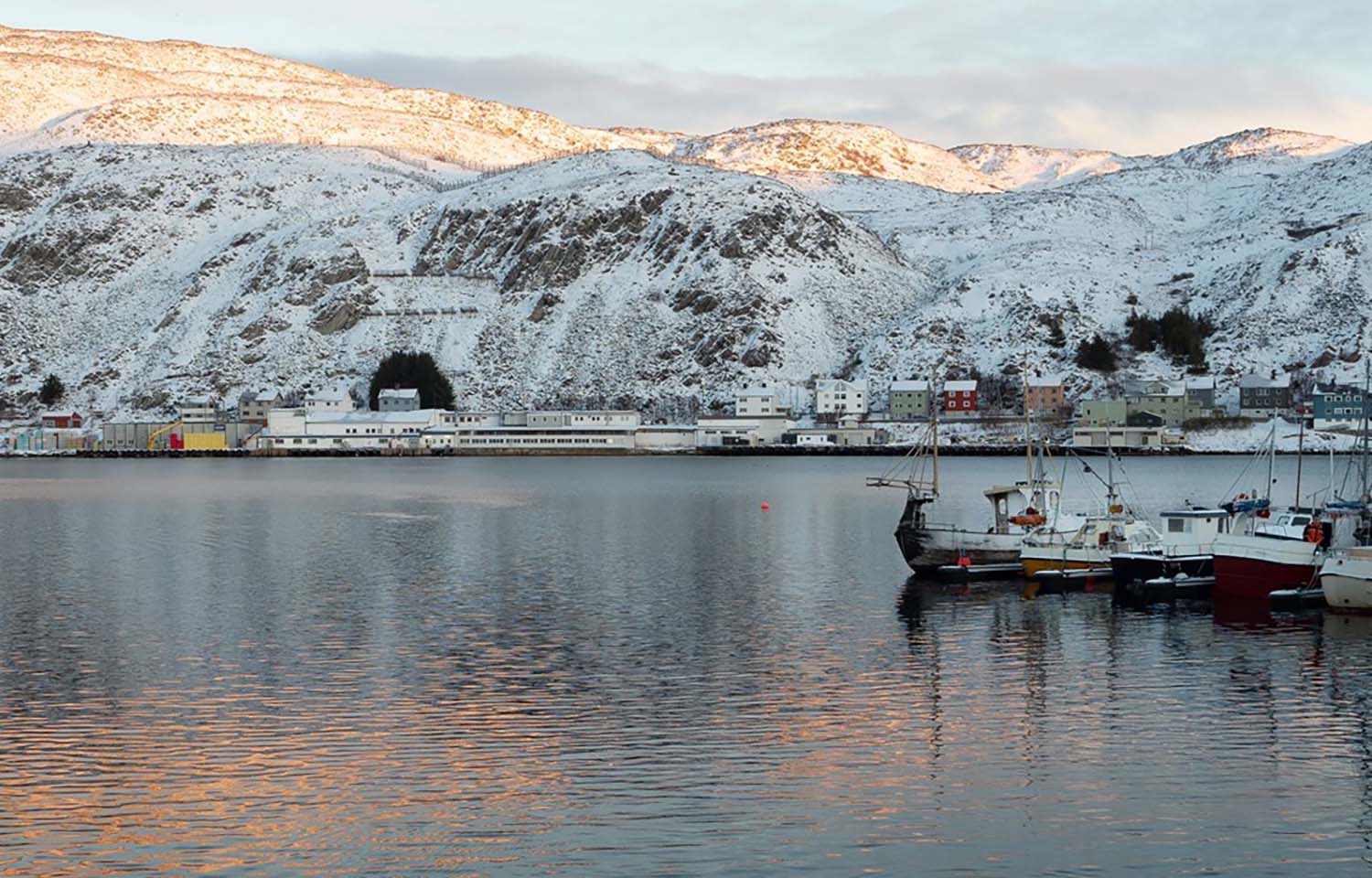Bergen, Norway-headquartered Lerøy Seafood Group exceeded NOK 30 billion (USD 2.8 billion, EUR 2.6 billion) in income for the first time in its history in 2023, but other factors made it a challenging year filled with learning experiences, according to the company's CEO, Henning Beltestad.
In the group’s recently published annual report, Beltestad said the past year gave Lerøy “new and better insights” about technology and handling big sets of data.
Lerøy’s Wild Catch segment particularly struggled last year due to lower quotas for all of its main species, including a 15 percent cut in cod quota. These lower quotas led to higher prices, which affected land-based operations, while its aquaculture operations were hit by fish health and welfare challenges.
Lerøy’s other segments, including its downstream Value Added Processing, Sales, and Distribution (VAPS&D) segment, have been subject to extremely volatile raw material prices, exchange rates, and price increases for other input factors. These challenges have led Lerøy to brainstorm innovative solutions across segments to ensure 2024 and results beyond it lead to a turnaround.
Flexible catching is one such strategy and enabled Lerøy to record its highest-ever catch volume in 2023. The company also made efficiency improvements at its facilities, culminating in “significant investments” in new technology that are “already of massive importance” in dealing with some of the Farming segment’s major issues.
“Lerøy is committed to ensuring sustainable aquaculture and will continue to roll out these technologies in the near future. The aim is for 35 percent of the salmon to be placed in submerged or semi-closed cages by 2024,” Beltestad said.
The past two years have seen lower harvests than what Lerøy believes is possible, Beltestad said, so the company aims to reduce risk at every step of the production chain to increase biosecurity and fish welfare and, ultimately, to improve results.
Lerøy has also determined that its smolt production has room for improvement, with a number of initiatives already implemented, such as increased cooling capacity at smolt facilities to comply with updated production protocols.
Additionally, the company has been seeking sea lice solutions that will require the deployment of ...








